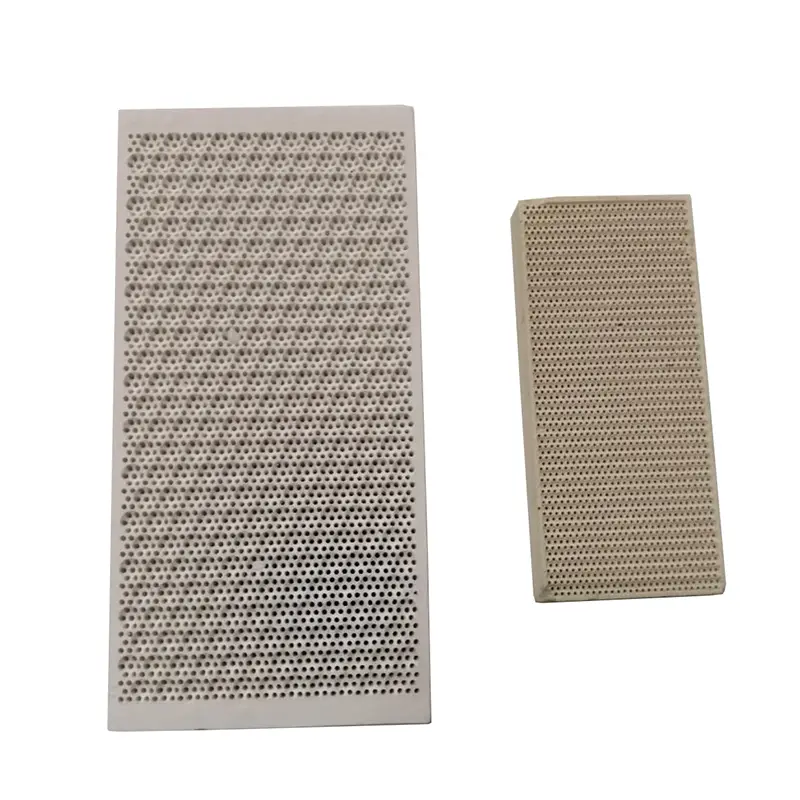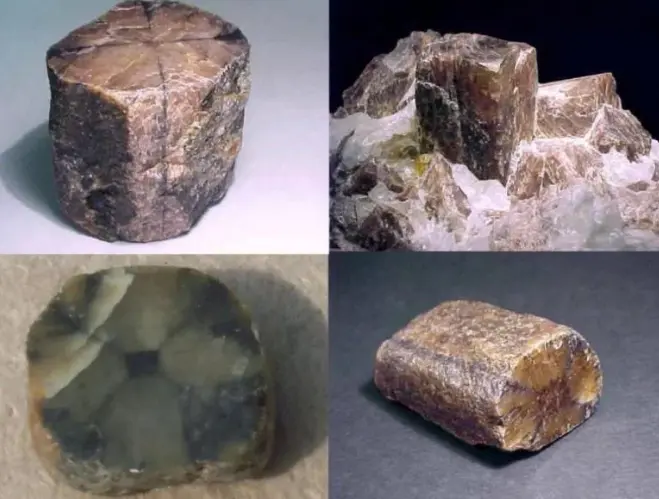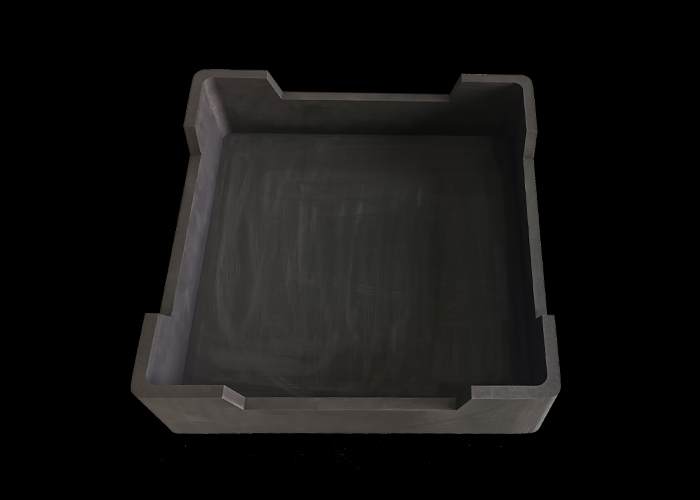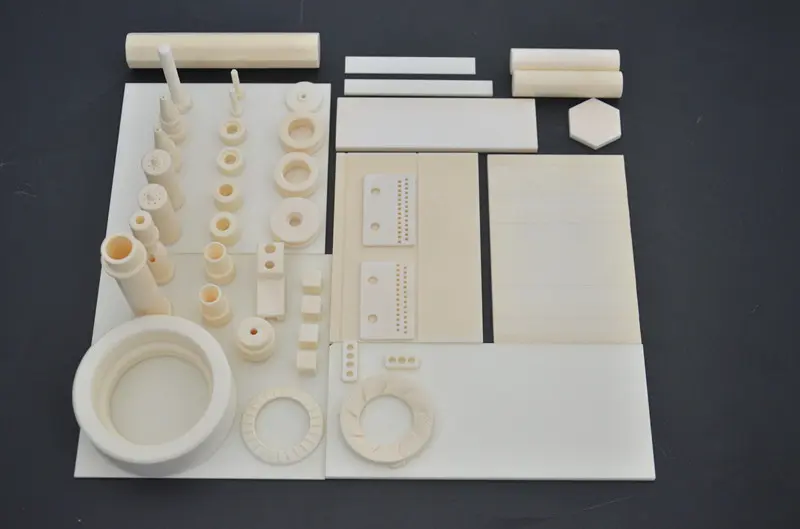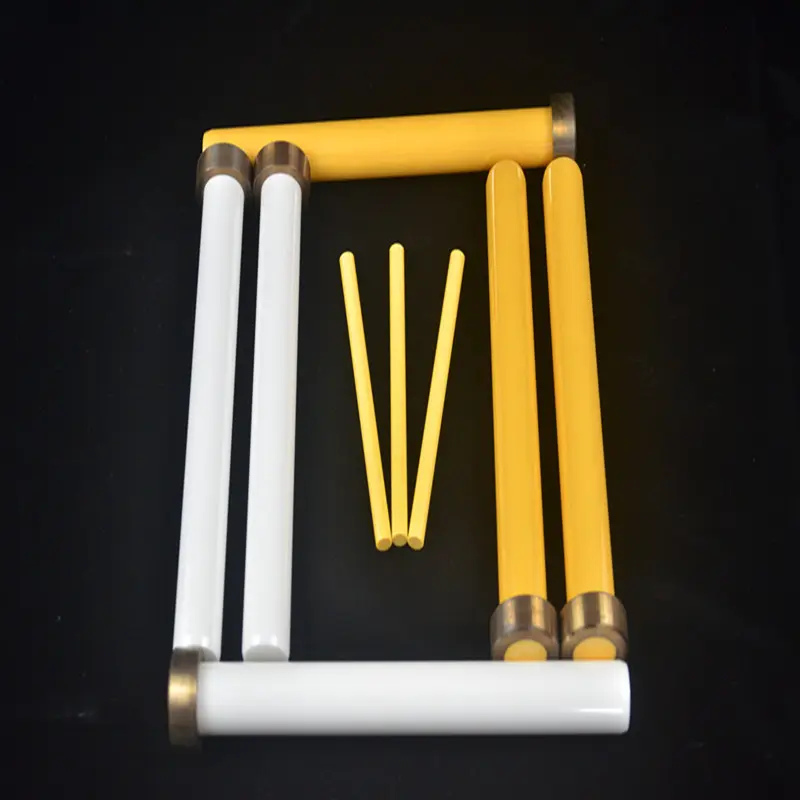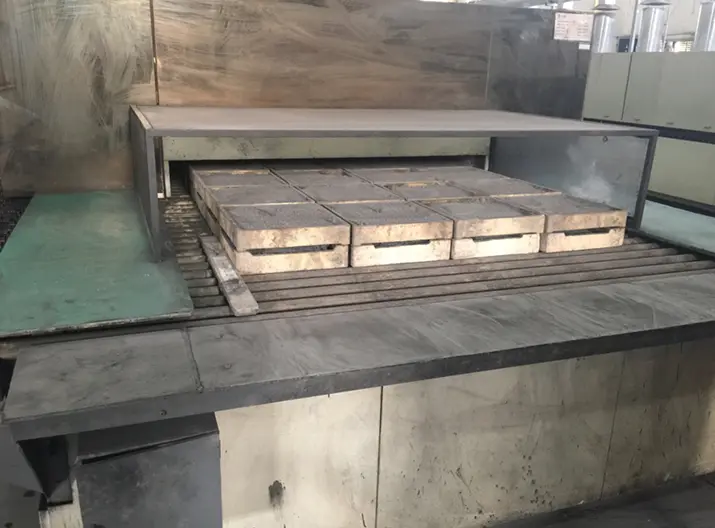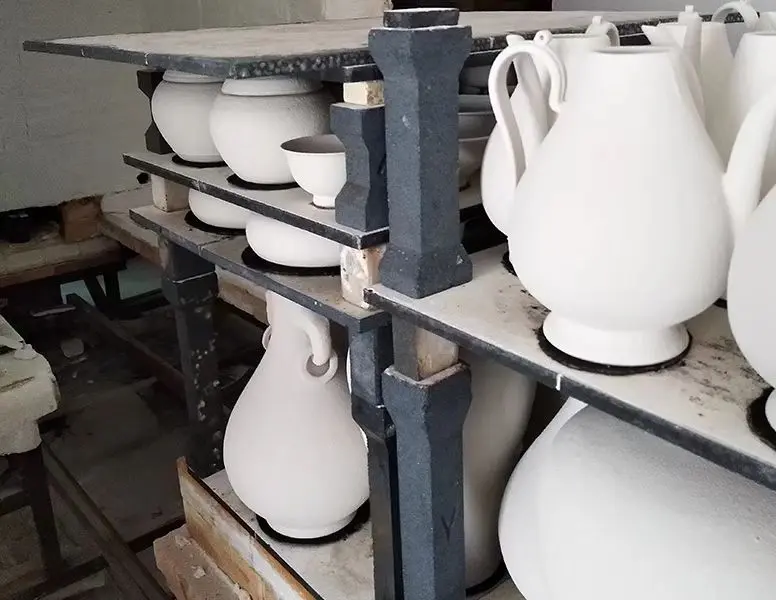Kiln Furniture: Essential Components for Firing Ceramic Capacitors
Understanding Kiln Furniture
Kiln Furniture refers to the various supports, shelves, and props used within a kiln during the firing process. These components are designed to withstand high temperatures and provide stability for the ceramic pieces being fired. In the context of ceramic capacitors, kiln furniture must not only support the weight of the capacitors but also ensure that they are evenly heated during the firing process. This is critical for achieving the desired electrical properties and structural integrity of the capacitors.
The Importance of Kiln Furniture in Firing Ceramic Capacitors
Firing ceramic capacitors involves subjecting them to high temperatures to achieve the necessary physical and electrical properties. The firing process can significantly affect the performance of the capacitors, making the choice of kiln furniture a vital consideration. Here are some reasons why kiln furniture is essential for firing ceramic capacitors:
-
Temperature Uniformity: Kiln furniture helps maintain an even distribution of heat within the kiln. This uniformity is crucial for ceramic capacitors, as uneven heating can lead to defects, such as warping or cracking, which can compromise their functionality.
-
Support and Stability: Ceramic capacitors can be delicate and require proper support during firing. Kiln furniture provides the necessary stability to prevent movement or collapse, ensuring that the capacitors maintain their shape and integrity throughout the firing process.
-
Minimizing Contamination: High-quality kiln furniture is made from materials that do not react with the ceramic capacitors during firing. This is essential to prevent contamination, which can adversely affect the electrical properties of the capacitors.
-
Optimizing Firing Space: Efficient use of kiln space is critical in production environments. Kiln furniture allows for the optimal arrangement of ceramic capacitors, maximizing the number of units that can be fired simultaneously without compromising quality.
Types of Kiln Furniture for Ceramic Capacitors
There are several types of kiln furniture specifically designed for firing ceramic capacitors. Each type serves a unique purpose and is made from materials that can withstand the high temperatures involved in the firing process. Some common types include:
-
Kiln Shelves: These are flat surfaces on which ceramic capacitors are placed during firing. Kiln shelves are typically made from high-Alumina Materials that can withstand extreme temperatures without warping or cracking.
-
Props and Supports: These components are used to elevate and support the ceramic capacitors, ensuring that they are properly positioned for even heating. Props can be made from various materials, including cordierite and silicon carbide, which offer excellent thermal stability.
-
Kiln Posts: Used to create multi-level setups within the kiln, kiln posts allow for the stacking of shelves and the efficient use of vertical space. They are designed to withstand high temperatures and provide robust support.
-
Kiln Furniture Sets: Many manufacturers offer complete kiln furniture sets tailored for specific applications, including firing ceramic capacitors. These sets typically include a combination of shelves, props, and posts, ensuring compatibility and optimal performance.
Best Practices for Using Kiln Furniture
To achieve the best results when firing ceramic capacitors, it is essential to follow best practices for using kiln furniture:
-
Choose the Right Materials: Select kiln furniture made from high-quality, temperature-resistant materials that are compatible with the specific firing requirements of ceramic capacitors.
-
Proper Arrangement: Arrange the kiln furniture to allow for adequate airflow and heat distribution. Avoid overcrowding the kiln, as this can lead to uneven heating and potential defects in the capacitors.
-
Regular Maintenance: Inspect kiln furniture regularly for signs of wear or damage. Replace any components that show signs of degradation to ensure consistent performance during the firing process.
-
Follow Firing Schedules: Adhere to recommended firing schedules and temperature profiles for ceramic capacitors. This will help ensure that the capacitors achieve the desired properties without compromising their integrity.
-
Conduct Test Firing: Before committing to a full production run, conduct test firings to evaluate the performance of the kiln furniture and the resulting ceramic capacitors. This can help identify any potential issues and allow for adjustments to be made.
Conclusion
Kiln furniture is an indispensable component in the firing process of ceramic capacitors. By providing stability, ensuring temperature uniformity, and minimizing contamination, kiln furniture plays a vital role in producing high-quality electronic components. Understanding the types of kiln furniture available and following best practices for their use can significantly enhance the efficiency and effectiveness of the firing process, ultimately leading to superior ceramic capacitors that meet the demands of modern technology. As the industry continues to evolve, the importance of investing in high-quality kiln furniture will only grow, making it a key consideration for manufacturers in the ceramics sector.


